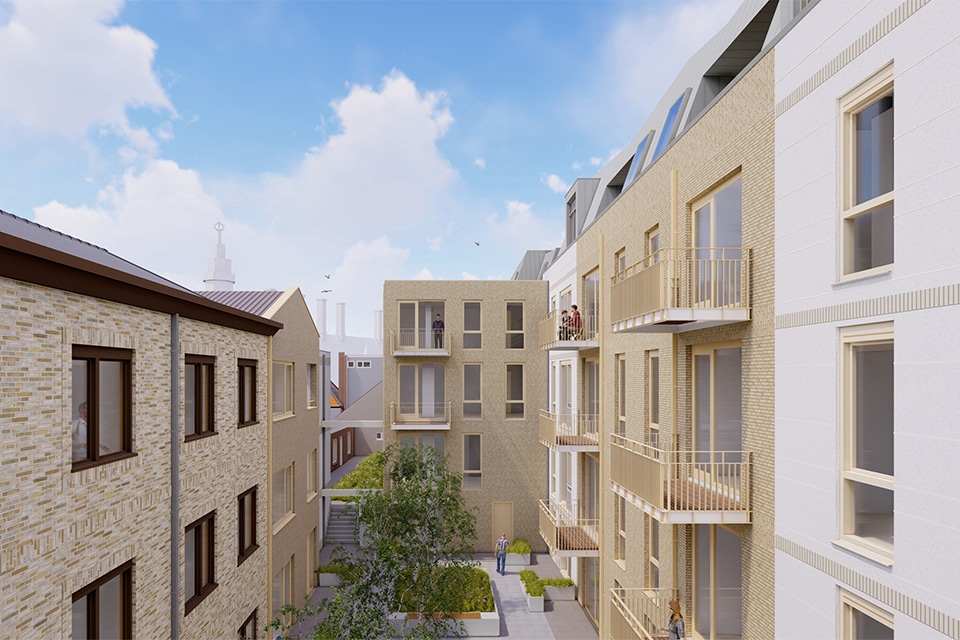
'A place where employees enjoy coming to work'
Battery storage for power supply
Elektropartners is performing various work on Nh1816 Verzekeringen's new office building in Oudkarspel. For example, together with sister company Protectiepartners and the Domoticapartners division, the company's responsibilities include the electrical installation, fire alarm installation, camera security system, home automation and access control system. What makes the project extra special: Electropartners installed a huge battery to power the building.
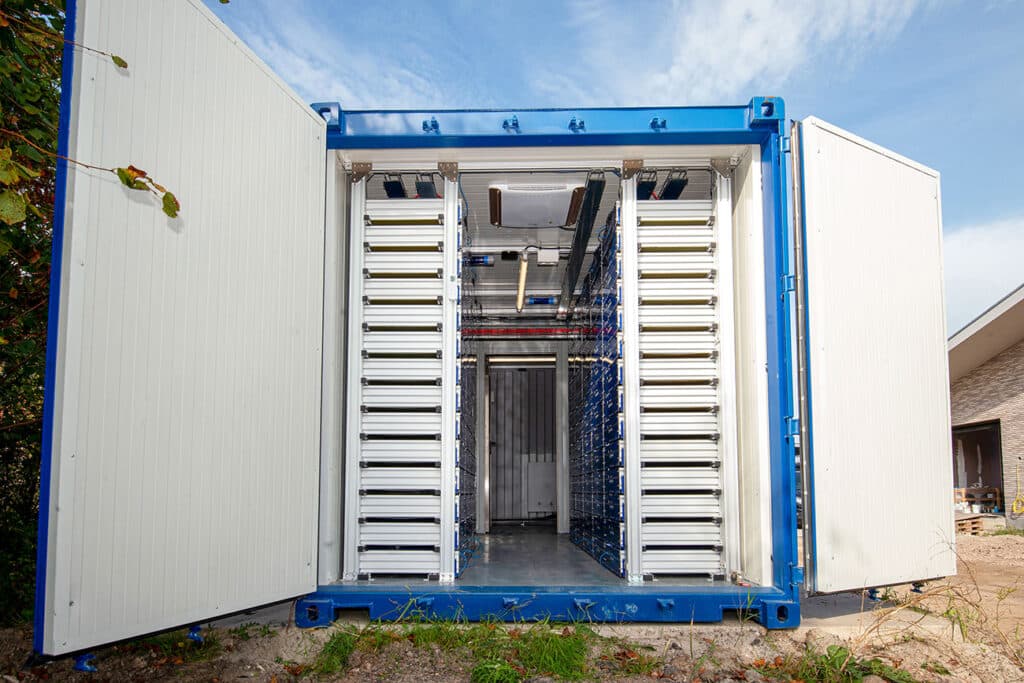
The client had the explicit wish to work with parties from the region. Partly to stimulate the local economy, but also to keep CO2 emissions from transport movements, for example, as low as possible. Commercial manager Roald de Jong of Elektropartners: "We joined about three years ago as a designing partner of this project. We designed the entire electrical installation ourselves."
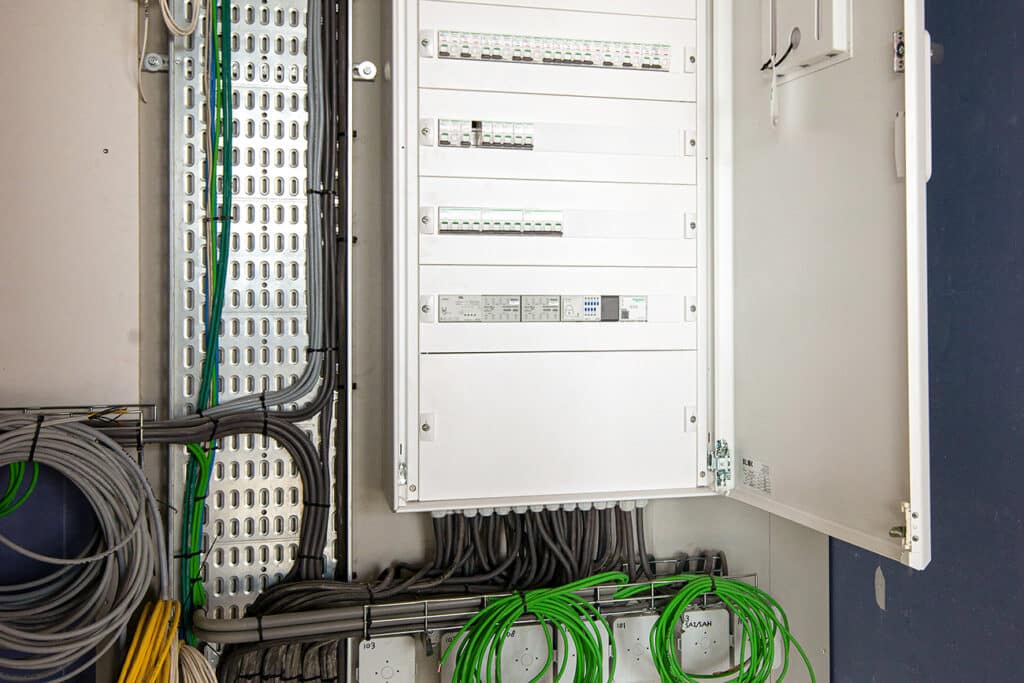
High quality finishing level
Piet Boon's design called for a very high level of finishing. All cables and connections had to be concealed as invisibly as possible. In addition, the client wanted a high-level installation with optimal ease of use. "For example, all lighting can be dimmed via DALI control," says Dennis de Kok, sustainable energy and building automation systems specialist at Domoticapartners. "It involves more than 1,500 fixtures that are all controlled individually." DALI stands for "Digital Addressable Lighting Interface," and this system allows LED lights and LED fixtures to be switched on and off or dimmed from a single lighting system. "The system is tuned so that the lighting comes on when the first person enters and switches with the activity in the building. When the last person leaves the building, the lights turn off automatically. Very sustainable."
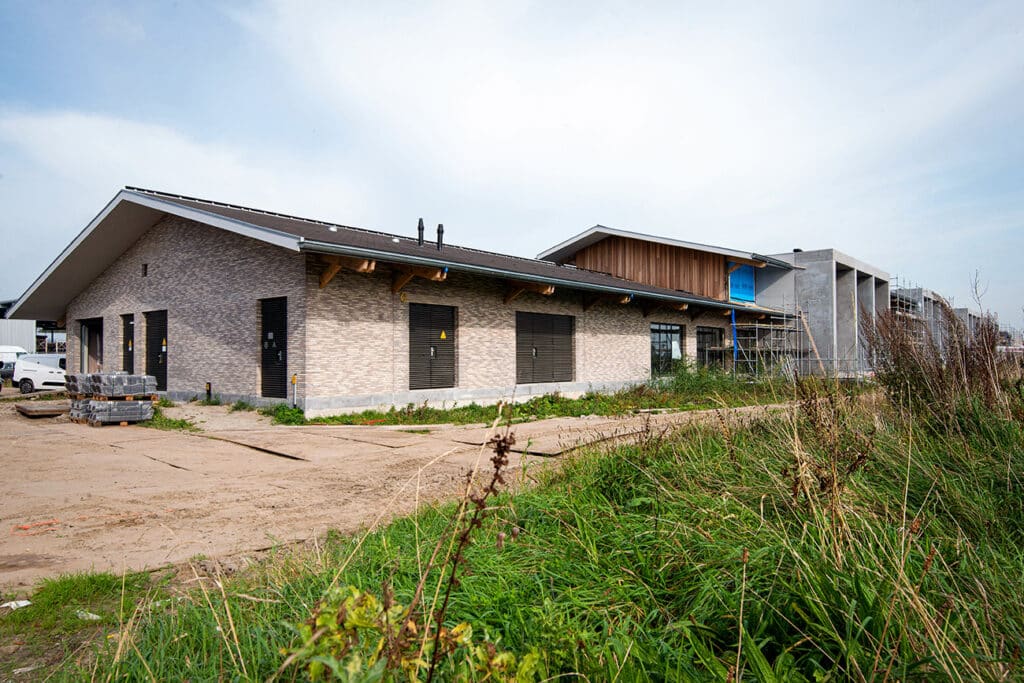
Power from battery storage
When designing the electrical installation, Elektropartners ran into a major obstacle: the final power connection from the utility company will probably not be installed until 2030. So an alternative had to be found, otherwise the building could not be put into use. De Kok: "We calculated how much power the building would need and the power company could not supply that amount. They supply what they can, and for the consumption above that, power is supplied from the battery storage. We placed a sea container full of lithium cells with a storage capacity of 1 megawatt hour. To give you an idea: with that you can power an average home for about four months." The battery is charged by charging overnight from the grid and by the output of solar cells in the building's roof. Quite an innovative solution, but not entirely new to Elektropartners. De Jong: "We are in a congestion area here, so we get more frequent requests for an alternative power supply. In addition, we also have customers who use this system to make smart purchases on the energy market." Some companies are still reluctant to use battery storage, because of the fire hazard, but measures are obviously being taken for this.
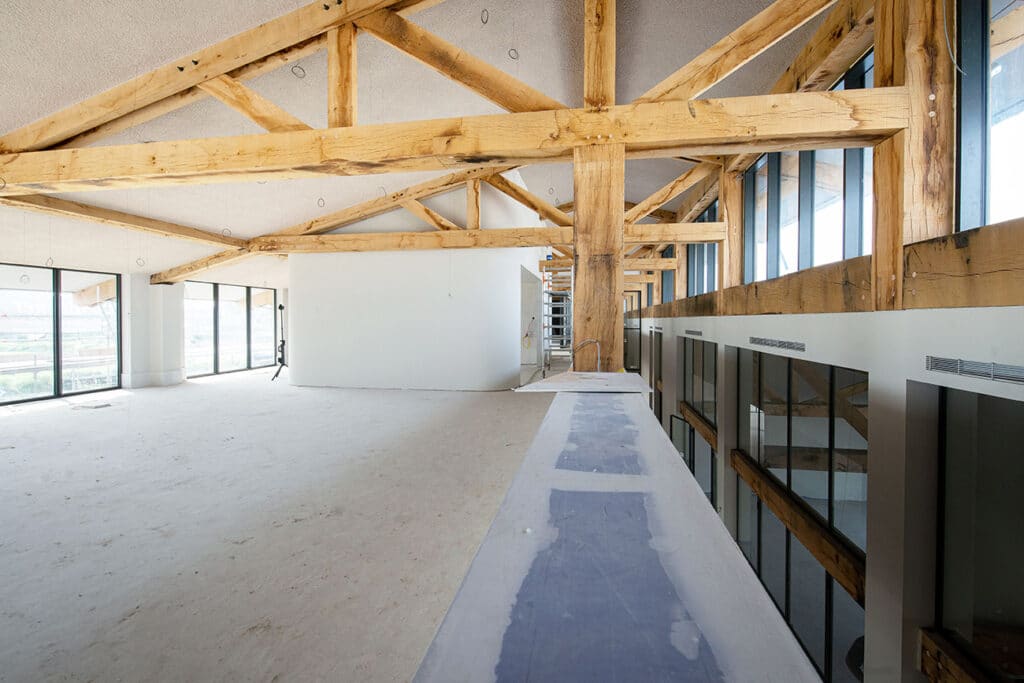
For Nh1816 Verzekeringen's new premises, Elektropartners also provided the server setup with cooling and fire extinguishing system, the burglar alarm and the access control system. De Kok: "In principle, the company uses an open door system, but in some cases it is convenient if rooms can be locked. In fact, the building contains an auditorium, which is used for lectures and the like."
Employee comfort is paramount
The client wanted all installations to be as sustainable as possible. De Jong: "But this was not to be at the expense of the comfort of the employees." For Elektropartners, this project is medium-sized. On average, seven people from the installer work on the site every day. Overall, the project has a lead time of about two years, mainly because of the type of construction and high end quality. "The preparation time was quite long, because everything was then worked out in perfect detail. That also makes it kind of a special project. In this day and age, many clients are often less concerned with quality and more concerned with construction speed and sustainability. That was reversed here. Quality was paramount and the company wants to offer employees an environment they enjoy coming to work in. So the construction team was given all the space, time and opportunity they needed to make that happen."


